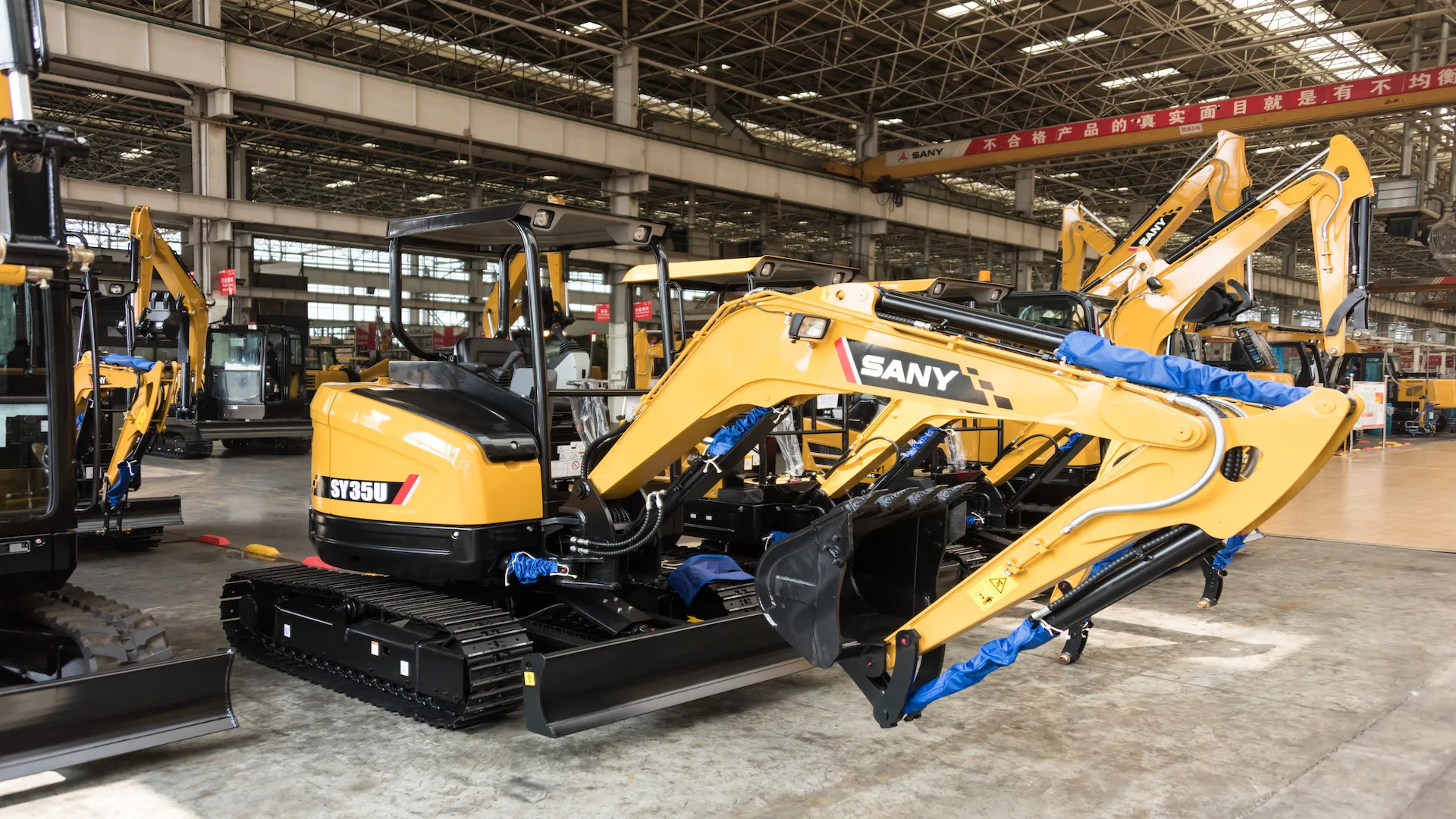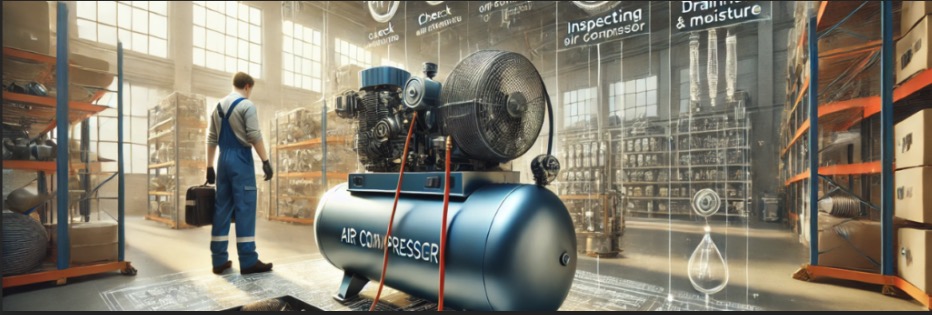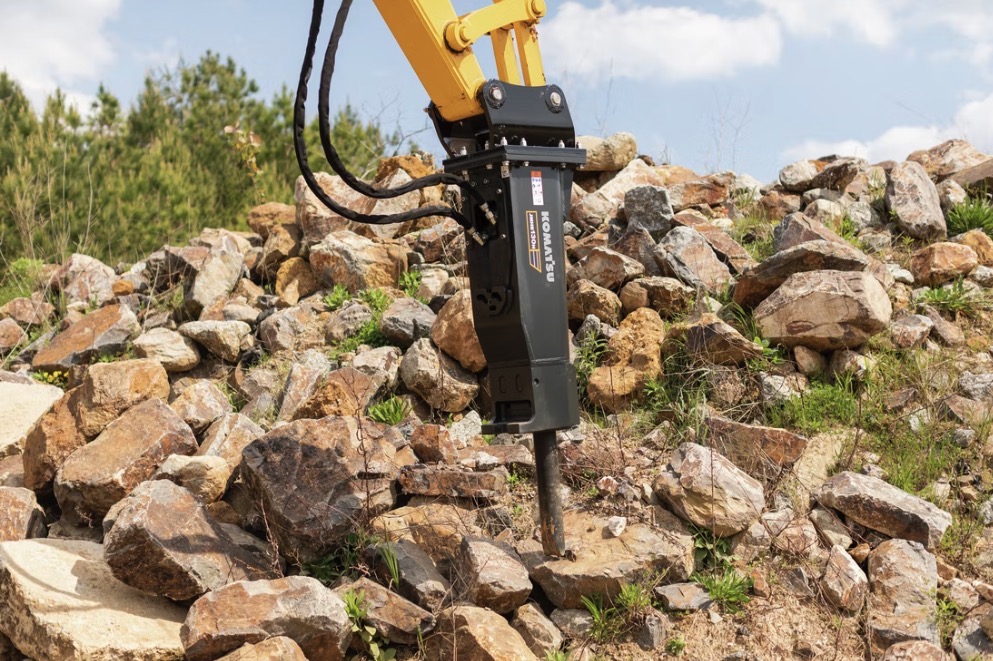
— March 16, 2025
Purchasing a used loader can be a strategic move for businesses and individuals seeking to balance performance, reliability, and cost-efficiency. However, the process is not without its challenges. A used loader, if carefully selected, can deliver years of dependable service at a fraction of the price of new equipment-but only if you know what to look for and how to avoid common pitfalls. In this comprehensive guide, we’ll walk you through the essential checks and considerations for buying a used loader, ensuring your investment is both safe and rewarding.
Before you start your search, clearly identify your operational needs. This step will help you narrow down your options and avoid wasting time on unsuitable machines.
Application: Are you using the loader for construction, agriculture, landscaping, or material handling? Each application may require different loader specifications, such as bucket size, lift height, or specialized attachments.
Operating Environment: Consider the typical terrain and weather conditions. For example, muddy or uneven ground may necessitate four-wheel drive or heavy-duty tires.
Capacity and Size: Select a loader with the appropriate lifting capacity and dimensions for your worksite. Choosing the right size ensures efficiency and prevents unnecessary wear or operational issues.
Attachment Compatibility: If you need to use specific attachments, make sure the loader can accommodate them.
A loader’s past is a strong indicator of its future reliability. Always request and review the machine’s history before making a decision.
Usage Hours: The hour meter shows how long the loader has been in operation. While high hours aren’t always a deal-breaker, they should be weighed against the machine’s maintenance record.
Previous Applications: Loaders used in harsh environments or for heavy-duty tasks may show more wear than those used for lighter work.
Maintenance Records: Ask for comprehensive service logs. Consistent maintenance, such as regular oil changes, hydraulic fluid checks, and filter replacements, is a sign of a well-cared-for loader.
Ownership and Accident History: Try to learn about previous owners and any major repairs or accidents. A transparent history reduces the risk of hidden issues.
A detailed visual inspection can reveal signs of damage or neglect that might not be immediately obvious.
Frame and Body: Look for cracks, welds, rust, or dents. Any signs of structural repairs may indicate past accidents or heavy use.
Bucket and Attachments: Inspect for excessive wear, cracks, or loose mounting points. The cutting edge and bucket teeth should be intact and not overly worn.
Pins, Bushings, and Linkages: Move all joints and linkages to check for excessive play or looseness. Worn pins and bushings can be costly to replace and affect performance.
Hydraulic Cylinders and Hoses: Check for leaks, dents, or scratches. Leaking hydraulics can lead to operational failures and expensive repairs.
The engine and drivetrain are the heart of any loader. Their condition will significantly impact the machine’s longevity and performance.
Engine: Start the loader and listen for unusual noises, vibrations, or smoke. Check for oil or coolant leaks, and inspect fluid levels for contamination.
Transmission: Test all gears and observe for smooth shifting. Any hesitation, slipping, or strange noises could signal transmission issues.
Axles and Undercarriage: Look for leaks, cracks, or excessive wear on axles, drive shafts, and undercarriage components.
Cooling and Exhaust Systems: Ensure the radiator and exhaust are free from leaks, blockages, or rust. Overheating or exhaust issues can lead to costly downtime.
A loader’s hydraulic system powers its lifting and moving capabilities. Its health is vital for efficient operation.
Leaks and Wear: Inspect all hoses, cylinders, and pumps for leaks, cracks, or bulges.
Functionality: Operate the loader’s arms, bucket, and attachments to ensure smooth, consistent movement without jerks or hesitation.
Fluid Condition: Check hydraulic fluid for contamination or discoloration. Dirty or low fluid can indicate poor maintenance.
Tires and undercarriage components are essential for safe, efficient operation and can be expensive to replace.
Tire Condition: Inspect all tires for tread depth, sidewall damage, cuts, or mismatched brands. Poor tires can affect traction and stability.
Wheels and Rims: Look for rust, cracks, or other damage.
Tracks (if applicable): For tracked loaders, check tracks, rollers, and sprockets for excessive wear or damage.
Modern loaders rely on robust electrical and safety systems for daily operation.
Lights and Gauges: Test all lights, warning indicators, and gauges for proper function.
Battery and Wiring: Inspect the battery for corrosion or loose terminals, and check wiring harnesses for damage or improper repairs.
Safety Features: Ensure the presence and condition of ROPS (Roll-Over Protective Structure), FOPS (Falling Object Protective Structure), seat belts, alarms, and mirrors.
Operator comfort and usability can directly impact productivity and safety.
Seat and Controls: Check the seat for comfort and adjustability. Test all controls, levers, pedals, and gauges for smooth operation.
Visibility: Ensure windows and mirrors provide clear, unobstructed views.
Cabin Features: Inspect for heating, air conditioning, and other amenities if required for your work environment.
Whenever possible, operate the loader under real working conditions.
Performance: Observe how the loader handles lifting, turning, and reversing. Watch for hesitation, unusual noises, or vibrations.
Hydraulics: Test all hydraulic functions with and without a load.
Brakes and Steering: Confirm that brakes are responsive and steering is tight and accurate.
Don’t overpay for your used loader.
Market Research: Compare prices for similar makes, models, ages, and conditions. Factor in included attachments and any needed repairs.
Negotiation: Use your inspection findings and maintenance history to negotiate a better deal.
Dealer Reputation: Buy from reputable dealers or sellers with positive reviews and transparent practices. Reliable sellers often offer warranties or guarantees.
Consider long-term ownership costs and convenience.
Parts Availability: Ensure that replacement parts are readily available for the loader’s make and model.
Service Support: Choose brands and models with accessible service networks and support resources.
When it comes to purchasing a high-quality used loader, MechLink is your trusted partner in the heavy equipment market. Here’s why more buyers choose MechLink:
Rigorous Inspection: Every loader undergoes a comprehensive inspection and servicing process, ensuring you receive a machine in excellent working condition.
Transparent History: We provide full maintenance records and operational histories for all equipment, so you know exactly what you’re getting.
Expert Guidance: Our experienced team helps you select the right loader for your specific needs and budget, saving you time and money.
After-Sales Support: MechLink offers reliable after-sales service and easy access to parts, giving you peace of mind throughout your ownership experience.
Competitive Pricing: We offer fair, market-driven prices and flexible financing options, making it easier for you to invest in the equipment you need.
Choose MechLink for your next used loader purchase and experience the difference in quality, service, and value.
Conclusion
Buying a used wheel loader is a significant investment that can deliver excellent value when approached with diligence and care. By following these top tips-defining your needs, thoroughly inspecting the machine, verifying its history, and comparing prices-you can minimize risks and maximize your return on investment. Always prioritize safety, reliability, and transparency throughout the buying process. For a worry-free experience and top-quality equipment, trust MechLink to help you find the perfect used loader for your business needs.

Does def go bad? dealing with def issues
November 17, 2025

16 things to consider before you rent an excavator
November 17, 2025

Tips for air compressor maintenance
November 14, 2025

Hydraulic breakers: use cases and best practices for maintenance
November 14, 2025